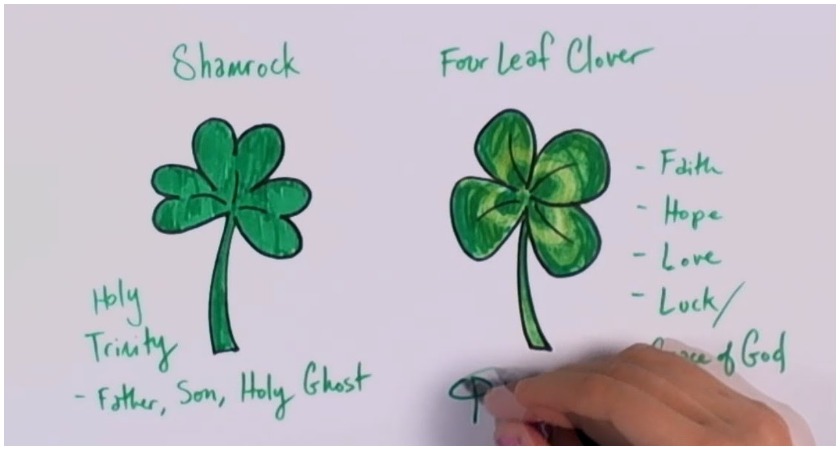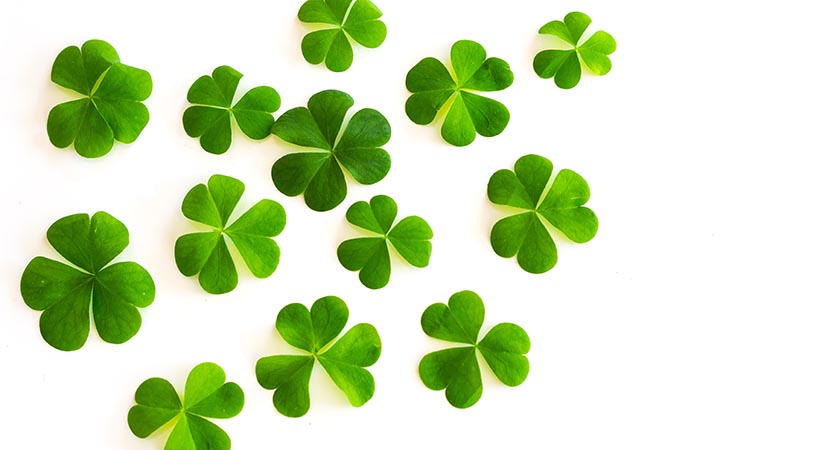THE SHAMROCK is a plant synonymous with Ireland, its people and, of course - St Patrick’s Day.
But how much do you really know about this most Irish of plants?
Here are 12 things you probably never knew about the Shamrock...
12. The White Clover or Trifolium Repens is the traditional variety of clover recognized as a shamrock and most commonly has three leaves.
11. The term shamrock comes from the Irish word seamróg or seamair óg, which translates as little clover.
10. Shamrocks found to have four leaves are rare and considered ‘lucky charms’ in Ireland.
 Politicians love them! (NICHOLAS KAMM/AFP/Getty Images)
Politicians love them! (NICHOLAS KAMM/AFP/Getty Images)9. The shamrock was originally associated with the Celtic goddess Ana or Anu with the three leaves representing her status as the maiden, mother and crone of Ireland.
8. St Patrick used the Clover in his Christian teachings to illustrate the Holy trinity: The Father, the Son and the Holy spirit.
7. The fourth leaf of the clover is said to represent luck alongside faith, hope and love.
 Three not four: Get it in yer head (Image: YouTube)
Three not four: Get it in yer head (Image: YouTube)6. Around one in every 10,000 clovers have four leaves.
5. A record 56 clovers were found in one region of Japan back in 2009.
4. Shamrock was classified as a weed and banned by Australia in 2002 amid concerns the plant could carry foot and mouth disease.
 Shamrocks! Shamrocks everywhere! (Image: iStock)
Shamrocks! Shamrocks everywhere! (Image: iStock)3. Clover leaves produce a red pigment called anthocyanin which, when consumed, is said to possess certain health benefits.
2. It’s tradition to cut off the fourth leaf of the clover and put it in a cup of water until it grows. It should then be planted in your garden to create a 'lucky patch' of grass.
1. White clover is a natural source of nitrogen and is said to beneficial to growing turf grass as it reduces water needs and converts bare soil into biologically active soil.

